Ceramicist Sophie Wilson’s Christmas decorations at her Lincolnshire manor house are calmingly analogue. For her, there are no flashing lights, tawdry tinsel or store-bought baubles.
‘I love to have bare trees around, and always have a huge one in the main kitchen, big enough so I can tilt my head back and gaze up at it,’ she says. ‘The tree in the playroom, though, will be on just the right side of horrible, festooned with two decades’ worth of my children’s art projects and the old fairy, with the rolling eye – all the things that flood me with memory.’
‘Every room in the home is full of the most beautiful pools of light’
Over the years, says Wilson, a mother of five, and founder of 1690, through which she sells her delicate sgraffito-slipware ceramics, her decorations have become less and less energy-consuming, and more pared back. ‘We need a lot less than we think we do,’ she muses. ‘In fact, not buying something is the most sustainable choice. Living at Crowland Manor has taught me that.’
For Wilson, the four-storey manor house – in the town of the same name, deep in South Holland’s fenlands – is not just a family home and workspace, but a way of life. Among a nation of seemingly renovation-obsessed Brits, she has studiously avoided remodelling and sanitising the Grade II* listed 16th century home, which dates back to the dissolution of Crowland Abbey in the 1530s, and was the subject of a major extension and refurbishment in 1690 (thus the name of Wilson’s business).
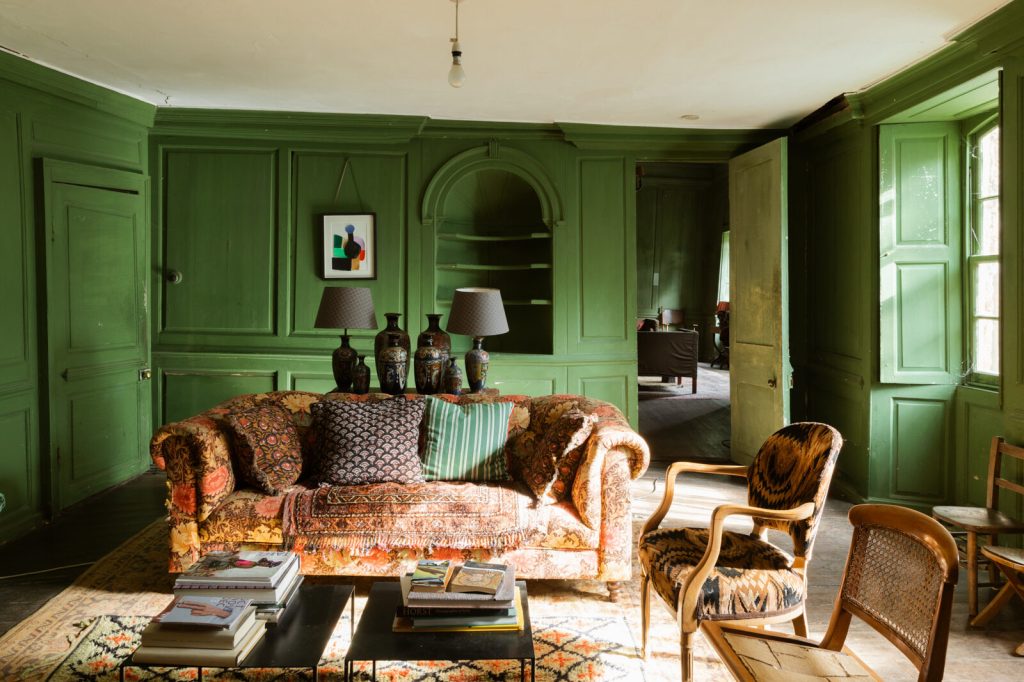
Behind a Palladian façade of red brick and limestone quoin dressing, with Georgian and Victorian additions, 6,460 sq ft of interiors feature a grand 18th-century dog-leg staircase, a Diocletian window and untouched panelling, pilasters, pediments, tiling and cabinetry. The Wilson family use just a third of the 23 rooms: floor plans take in several cavernous reception spaces, including a traditional Great Room, two kitchens, at least five bedrooms and a series of perfectly unchanged 16th-century former servants’ rooms. Reached by their own staircase, they are a purist’s dream, with their building materials of lath and plaster and fenland reed intact.
‘Some spaces have been utterly abandoned for centuries, so neglect is actually what has preserved Crowland’s integrity,’ Wilson says. ‘I was immediately aware of the noise, laughter and sorrows of all the people who have lived here over the centuries. I didn’t want to crowd them out by changing things.’
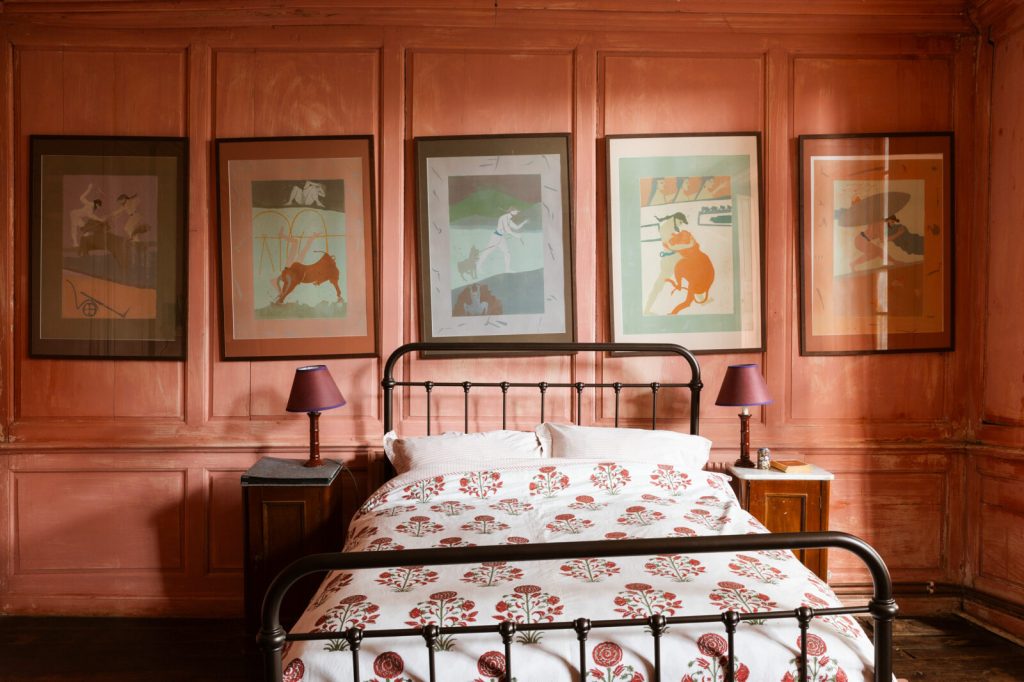
On first spotting the manor online in 2014, however, Wilson admits to a string of expletives. Based in East London, she had been searching for an affordable house in the capital big enough for her and her brood but had no luck. ‘I widened the search by 50 miles and immediately struck on Crowland. I knew then that nothing else would compare. Which was slightly tricky, as it’s in a rural spot, and at the time I didn’t drive.’
Once she had cleared the house of furniture left by the last owner, and given it a deep clean, she became aware, she says, ‘of the way every room in the home is full of the most beautiful pools of light’. The colour scheme she had inherited, of raspberry pinks, burnt reds and minty greens, was, however, at first startling. ‘It was an act of audacity to keep it,’ Wilson says, ‘but it was right for the house.’ She has since augmented the palette with shades by Atelier Ellis, Paint & Paper Library and Abigail Ahern.
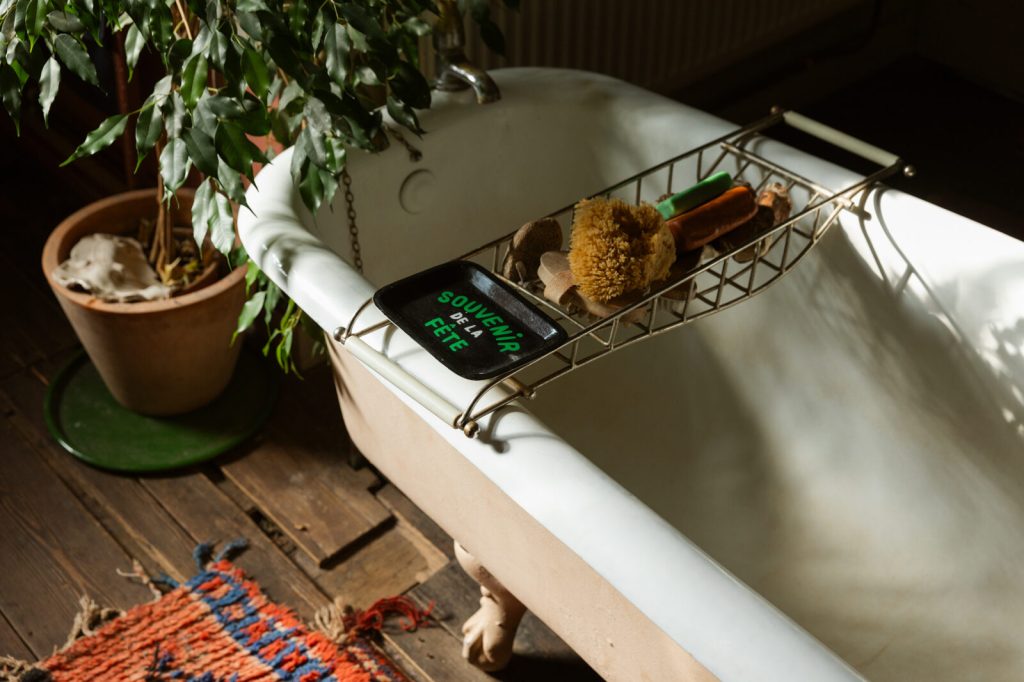
Essentially, she has had to carry out some substantial works. ‘The house had been standing in a pool of water for over a century,’ she says, ‘so it was vital we repaired the drainage system around the house and rerouted all the water away from the building.’
She also added a hot water feed to the kitchen and replaced a broken-down Aga, for which no parts were available, with an Esse Ironheart, and installed a small hob for cooking in the summer months. ‘I object to space-shuttle appliances in homes,’ Wilson says.
With central heating in just one-half of the ten-chimney house, she prefers to use the solid fuel woodburning stoves for warmth. ‘It’s a lovely economy to just heat the rooms you are using,’ she says. ‘Then at night we just leap straight into bed with an electric blanket – that’s true luxury.’
Her concessions to modernity are a speaker to blast music and the requisite tools for communication: an iPhone and a laptop. One of her sons’ decisions to install a huge Ikea carpet in his bedroom is, she says, a bridge too far.
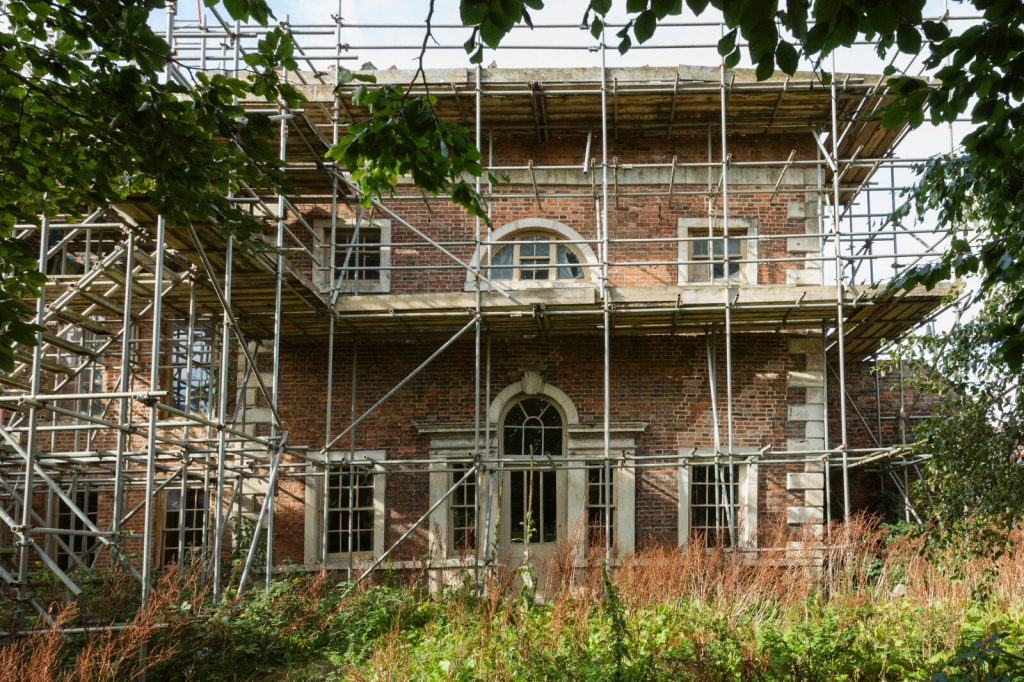
With scaffolding currently surrounding the rear of the home and the need for extensive roof repairs, Crowland Manor is, like the carefully crafted platters, caddies, and dishes that line Wilson’s scullery-turned-studio space, an ever-evolving work of art.
But its next phases of restoration will be for its new owner – who preferably has deep pockets. Having sworn she would only ever move if she fell in love, that is exactly what has happened, and Wilson has put Crowland Manor on the market for £450,000. ‘I am going to live with the man I want to marry, so we are all moving to Dorset,’ Wilson says. ‘We are planning on renting a historic lodge, which serendipitously comes with an outbuilding once used by a potter.’
She is convinced her fenland home will magnetically attract just the right person and has a message for them. ‘When I first moved in, a builder gave me some fantastic advice. He told me the restoration of the house would be like a long-term relationship, so I should take it slowly. To not be overwhelmed by what needs to be done, but to simply live in the good rooms – and to close the door on those you are not quite ready to look at.’
Crowland Manor is for sale with Inigo; 020 3687 3071, inigo.com

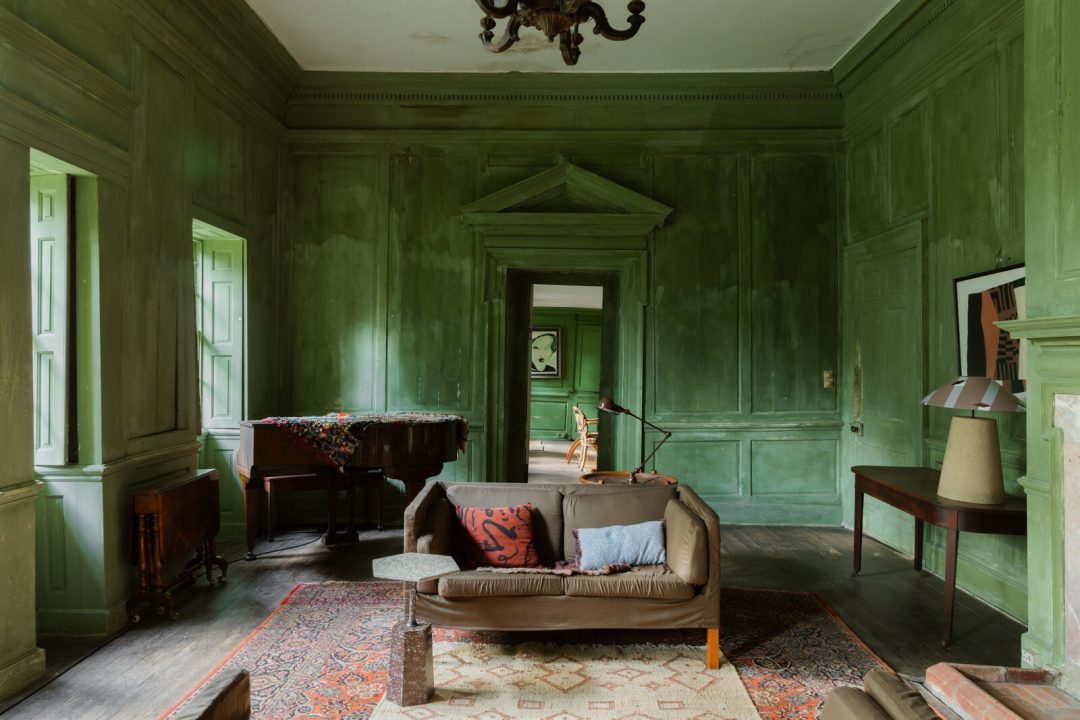
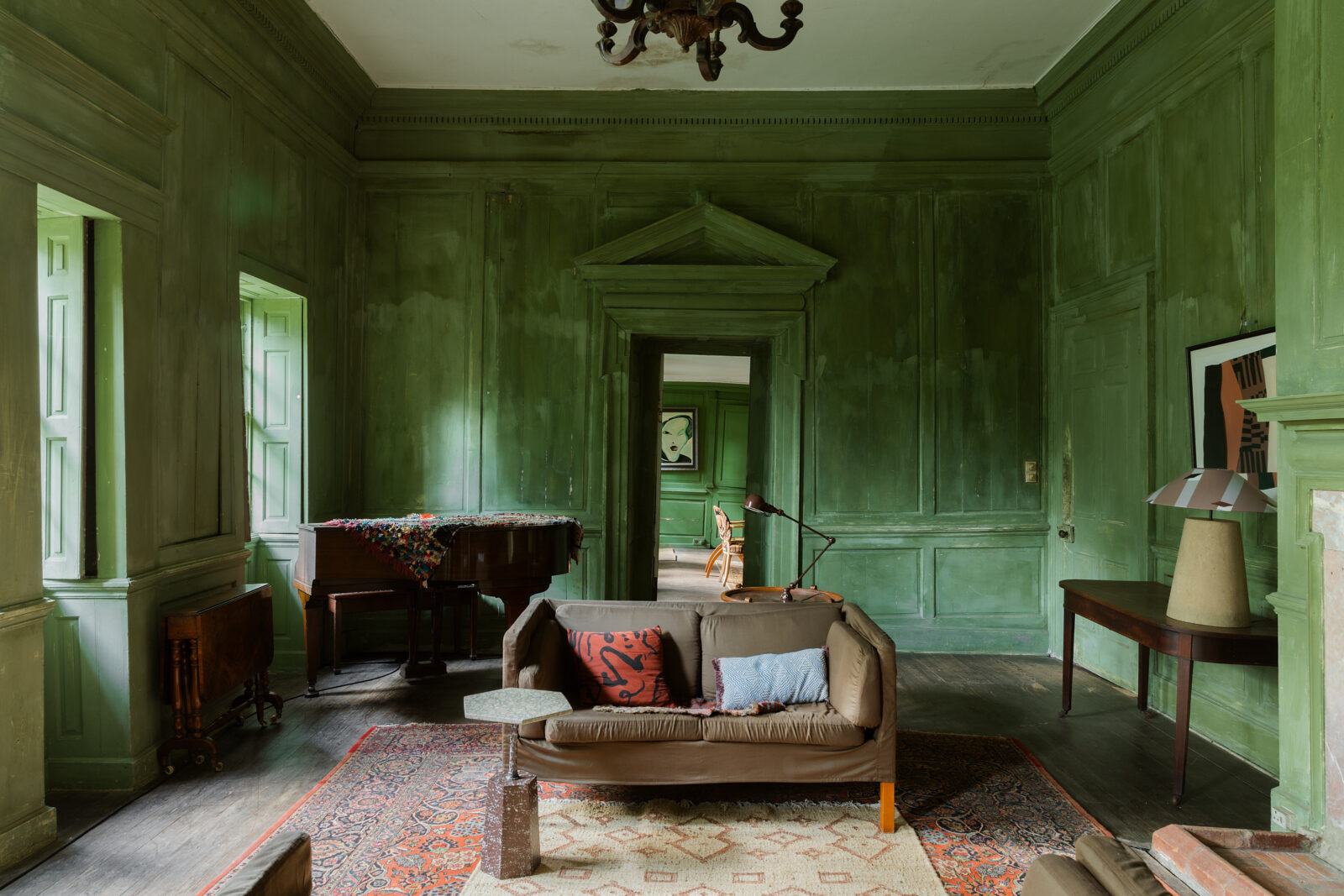




Comments